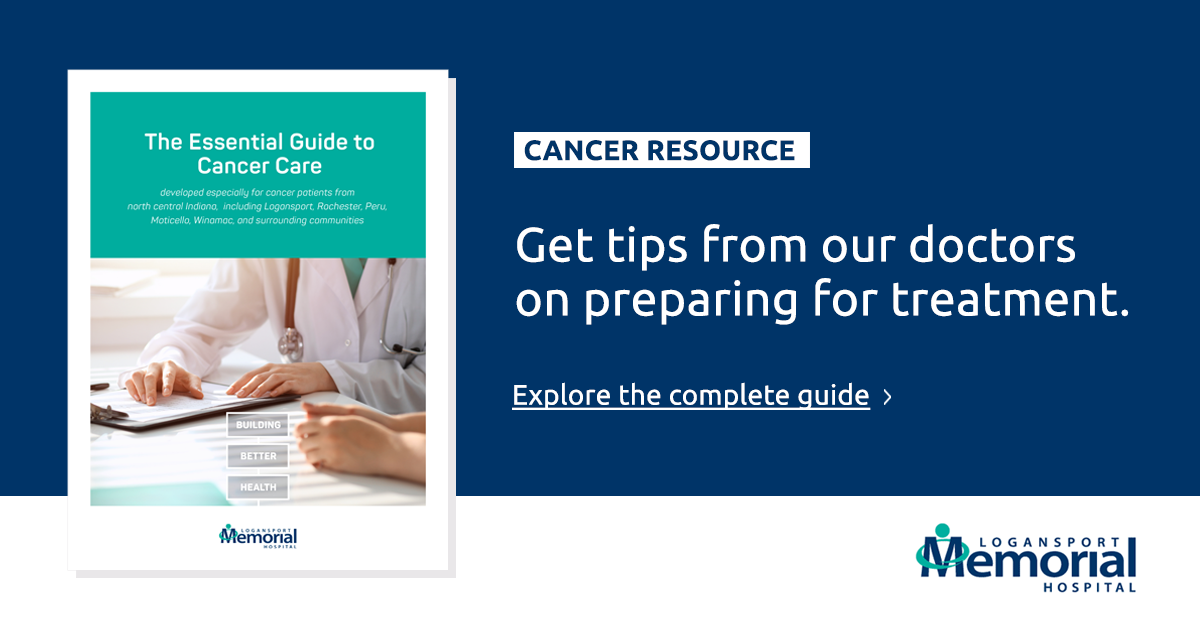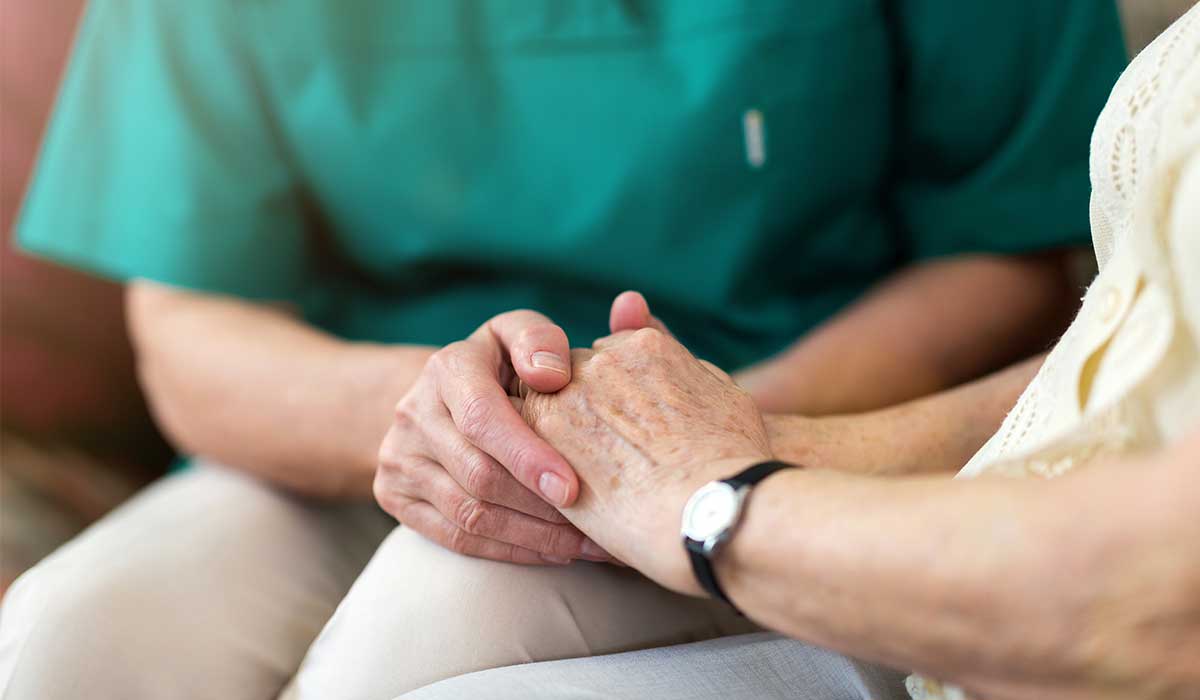According to the American Cancer Society, lung cancer is the second most common cancer in both men and women (not counting skin cancer). About 14% of all new cancers are lung cancers. The American Cancer Society’s estimates for lung cancer in the United States for 2017 are:
- About 222,500 new cases of lung cancer (116,990 in men and 105,510 in women)
- About 155,870 deaths from lung cancer (84,590 in men and 71,280 in women)

Lung cancer is by far the leading cause of cancer death among both men and women; about 1 out of 4 cancer deaths are from lung cancer. Lung cancer is a serious disease but, like many cancers, early diagnosis is the key to better outcomes. Learning the risk factors and steps you can take towards better health can make a difference for you and your loved ones.
Our lungs are hard workers, constantly taking oxygen out of the air we inhale and passing it to our blood which then feeds the organs and muscles all over our body. The lungs are always building new cells to accomplish this work and replace the cells that get worn out from constant use. If that cell growth starts to happen abnormally, cancer can take hole and invade and damage our lung tissue.
Lung cancer risk factors
It is possible to develop lung cancer without the risk factors listed here. However, these factors increase the likelihood of developing lung cancer. And, if you have more than one, you should talk to your doctor about ways to reduce your risk.
Smoking
Nearly 85% of all lung cancers are associated with smoking – including tobacco found in pipes and cigars. It is considered a direct and main cause. Smokers regularly expose their lungs to carcinogens that irritate and damage cells that are regularly reproducing. Long-term exposure to secondhand smoke also contributes to an increased risk of lung cancer.
Exposure to cancer-causing materials
Whether at work or at home, exposure to some materials increases the risk of lung cancer – and that risk increases for those who also smoke. Exposure to asbestos, radon, and air pollutants from fossil fuels are linked to lung cancer. Other lung irritants, such as wood smoke, burning coal, mine dust, metals, or paint also increase the risk of lung cancer.
Genetics or family history
People who have close family members, like parents, siblings, or children, with lung cancer have a higher risk of lung cancer. The association is strongest in relatives who developed lung cancer at 60 years of age or younger.
Medical conditions
Medical conditions and/or treatments may increase the risk of lung cancer. This is because of inflammation, irritation, and scarring that cause lung damage. Some examples include:
- Lung diseases, such as chronic obtrusive pulmonary disease (COPD) and tuberculosis (TB).
- HIV infection suppresses the body’s immune system and causes lung diseases like pneumonia.
- Radiation therapy – previous treatment for lung or breast cancer, for example, expose the lungs to direct radiation.
Learn more key facts from the American Cancer Society.
Reduce your risk of getting lung cancer
Quitting smoking is an important step in preventing most cancers, but none so much as lung cancer. In addition, for those who smoke, it takes the body longer to fight infections and heal wounds. The sooner smoking is stopped, the sooner the body can start to heal. Talk to your doctor about the options available to help you successfully quit. If you do not smoke, try to avoid smoking areas. Secondhand smoke has been linked to an increased risk of lung cancer.

Avoid or reduce occupational exposure to certain chemicals. People who work in the coal industry, construction, or who are exposed to by-products of combustion may come into contact with harmful substances. If possible, try to find work in a different environment. If it is unavoidable, take steps to protect yourself from exposure. Check with the National Institute for Occupational Safety and Health or the Environmental Protection Agency about any available protective guidelines.
Avoid or reduce environmental exposure. Radon gas levels in your home can be measured by a professional or with a home test kit. If you use chemicals at home, wear a mask, gloves, goggles, and protective clothing. Use proper ventilation to help reduce your exposure.





